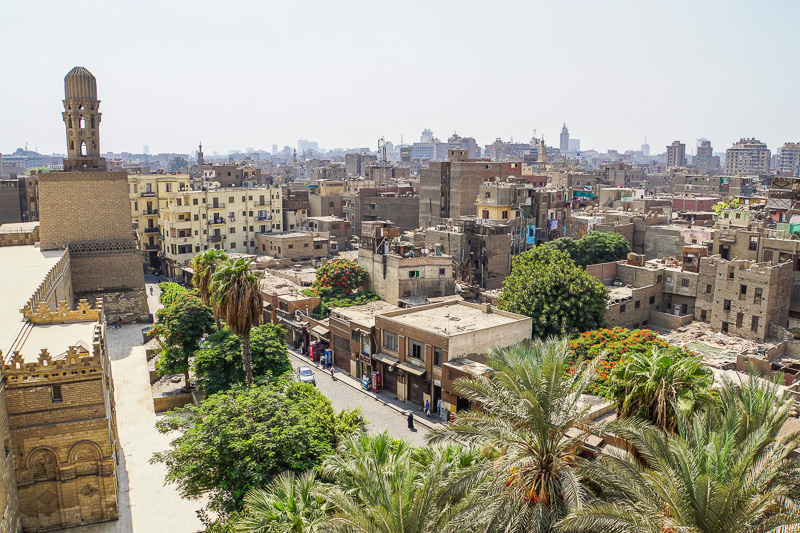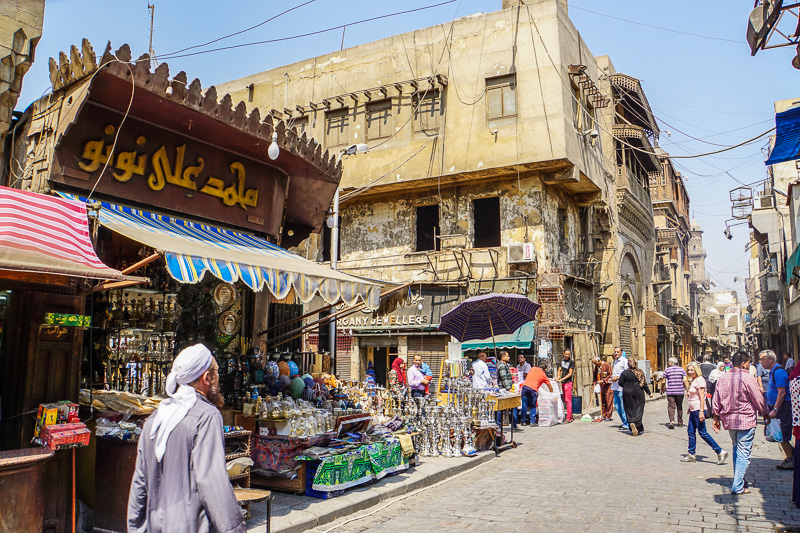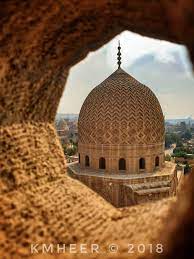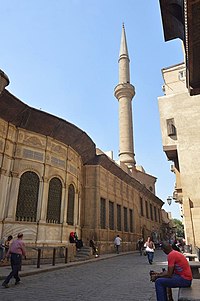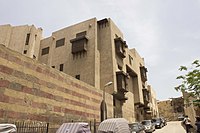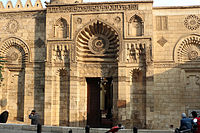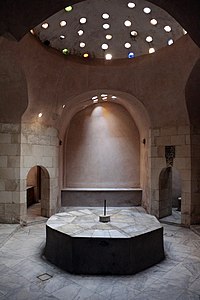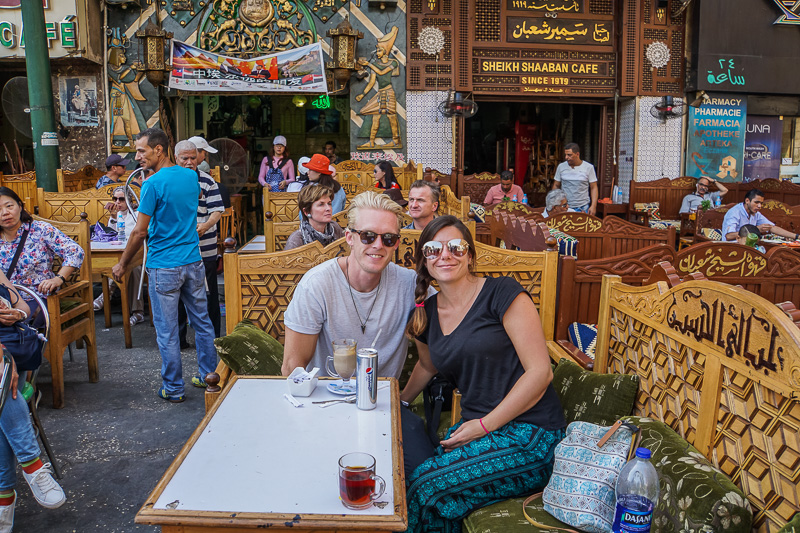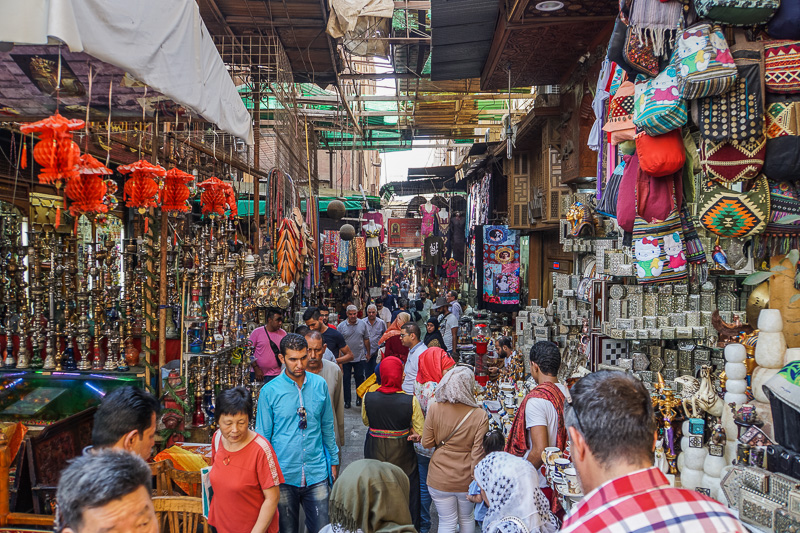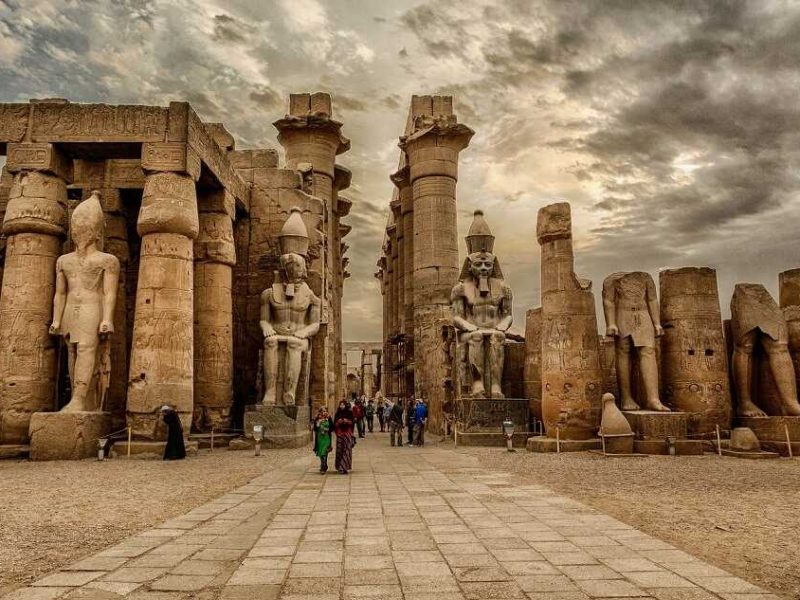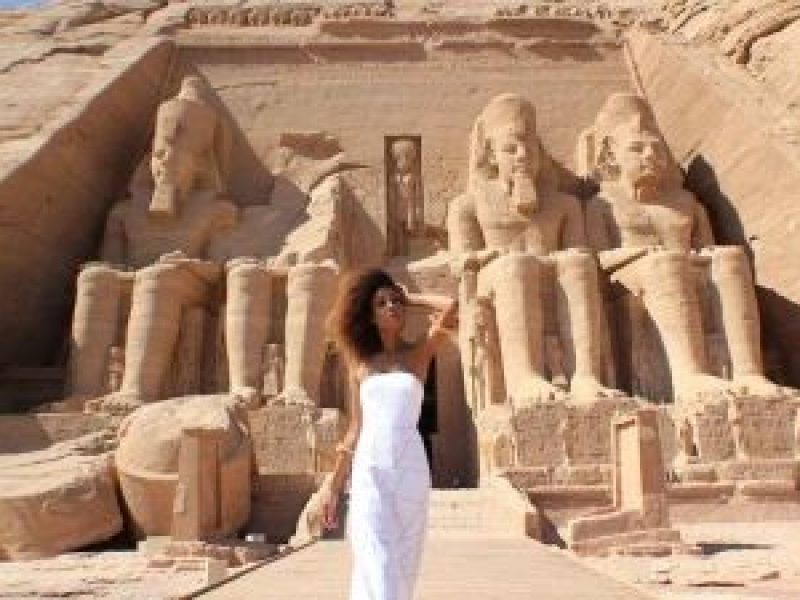About the trip
In fact, The Half-Day Tour From Bab El-Foutouh to Khan El-Khalili Bazaar is a transformative expedition through the vibrant tapestry of Cairo’s rich history and bustling culture. Setting foot at Bab El-Foutouh, you embark on a journey through time. A passage that transcends mere sightseeing and becomes an odyssey of discovery. The gates open to reveal the secrets and stories etched in the walls and streets of Cairo. Painting a picture of the city’s evolution across centuries.
What are you waiting for? Come and enjoy our incredible tour. It’s a lifetime adventure that will take you to another world. Our prices are affordable and your comfort is our target. Get your friends and enjoy the tour and trust me you will be amazed, We have more and more for you. And always remember that “We travel not to escape life but for life not to escape us.”
Private guided Tour to El-Muez street is the main street of the old Islamic medieval city, there is so much to see in this street, and probably one full-day is not enough to take in all the attractions of this street, however, in this half-day tour, we will show you the most important and beautiful sites, and also see the outside view of each attraction in the street, and get info about the history of each.
In fact, As you traverse the lively streets, Khan El-Khalili Bazaar beckons—a vibrant, colorful labyrinth teeming with life and energy. The bazaar isn’t just a marketplace; it’s a vibrant microcosm where history, tradition, and commerce converge. The air is alive with the sounds of haggling, the aromas of spices and perfumes, and the vivid displays of local artisans showcasing their crafts.
Finally
Ultimately, the Half-Day Tour From Bab El-Foutouh to Khan El-Khalili Bazaar isn’t just a walk through historic sites and bustling markets. It’s an immersion into the spirit of Cairo. It’s an opportunity to celebrate the resilience of human endeavor. A reminder that history isn’t confined to the past but lives and breathes in the fabric of our present. Shaping the tapestry of our shared tomorrow.


